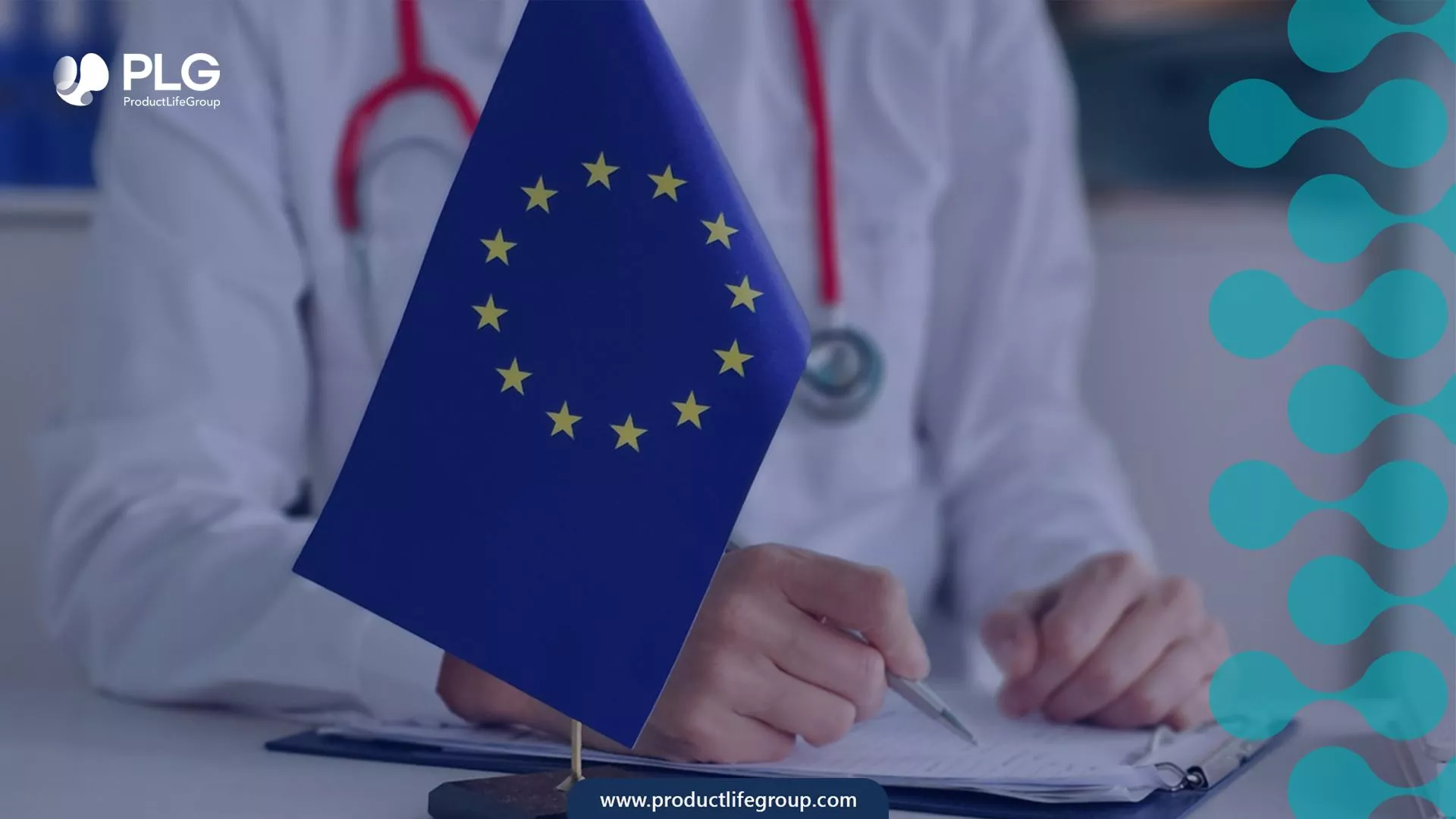
Regulatory Submission Strategy for Approval in Europe
21 january 2025

Regulatory Submission Strategy for Approval in Europe
The European Union (EU) represents one of the largest and most lucrative markets for pharmaceuticals and medical devices. Regulatory submissions within the EU are crucial for upholding public health and safety standards. However, the journey to regulatory approval in the EU can be intricate and multifaceted. Crafting a strategic submission approach can significantly enhance the chances of success in obtaining regulatory approval. With a multitude of regulations, guidelines, and varying requirements across different countries, having a well-defined regulatory submission strategy is crucial for ensuring a smooth approval process. This article outlines key considerations and strategies for successfully navigating regulatory submissions in Europe.
Grasping the EU Regulatory Framework
In Europe, the main regulatory organizations are the European Medicines Agency (EMA), the European Commission (EC), and the National Competent Authorities (NCAs). Familiarity with these regulatory agencies’ roles and responsibilities is essential for ensuring compliance and effective strategic planning.
Navigating the EU Regulatory Pathways
The EU regulatory landscape is intricate, featuring different requirements across member states and based on product types. Navigating the regulatory landscape and comprehending the process and types of submissions can be challenging for companies aiming to enter the EU market.
The types of regulatory submissions include Marketing Authorization Applications (MAAs), Clinical Trial Applications (CTAs), Medical Device Submissions, Variations, and Renewals.
The EU regulatory framework offers several pathways for regulatory submissions, including:
- Centralized Procedure: A single marketing authorization valid across the EU.
- Decentralized/Mutual Recognition Procedure: Concurrent approval in multiple EU member states.
- National Procedures: Approval within a single EU member state.
Building a Comprehensive Regulatory Submission Strategy
Creating an effective regulatory submission strategy in Europe demands meticulous planning and execution. Here are a few best practices to keep in mind:
- Understanding the EU regulatory landscape: Familiarize with the specific regulations and stay updated.
- Early engagement with regulators: Pre-submission meeting and/or scientific advice from the agency regarding product development or submission.
- Thorough dossier preparation: Ensure that the submission dossier is comprehensive, accurate, and well-organized, followed by a robust quality check, ensuring it meets the scientific and EU regulatory standards.
- Robust clinical data: Design and conduct clinical trials that comply with EU regulations, ensuring Good Clinical Practice (GCP).
- Strategic Timing: Be aware of the annual regulatory calendar, including submission deadlines and potential review timelines. Develop a realistic timeline for submission, factoring in time for data generation, documentation, and regulatory review and have contingency plans for potential delays or setbacks.
- Risk Management: Develop a risk management plan addressing potential regulatory hurdles. Identify key risks early and establish plans to mitigate them. This proactive approach can help in managing challenges that arise during the submission process..
- Post-submission strategy: Be prepared to respond quickly and effectively to any questions or requests from regulatory authorities. Regularly monitor updates from regulatory bodies, industry associations, and relevant publications to ensure compliance and adapt submission strategies accordingly.
- Flexibility in strategy: Be prepared to pivot submission strategy in response to new regulations, emerging data, or market feedback. Flexibility can be a crucial advantage in navigating the complex EU regulatory environment.
Leveraging Regulatory Expertise for Successful Submission in Europe
Partnering with regulatory consultants or firms that specialize in European submissions can be a valuable asset. Their expertise can help navigate the complexities of the regulatory landscape, provide insights on best practices, and facilitate a more efficient submission process.
By integrating a well-planned regulatory submission strategy, the likelihood of securing regulatory approval can be significantly enhanced to achieve commercial success in the European market. With careful planning and execution, the product can not only meet regulatory standards but also deliver on its promise to enhance patient lives.
ProductLife Group Expertise for Strategic Planning and MAA Success in Europe
We at PLG have experts to support strategic planning and provide the right information for the successful submission and approval of MA applications in Europe. Our local presence in many European countries enhances our services within these markets, allowing us to provide a full-service covering product life cycle management as well.
Author:
Mita Patel
Team Lead
Regulatory Affairs
Product Life Group
Register to our news and events
Go to our Events to register
Go to our News to get insights
